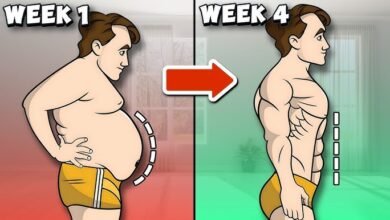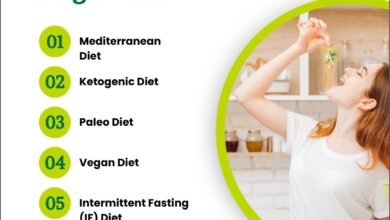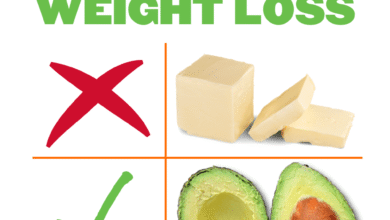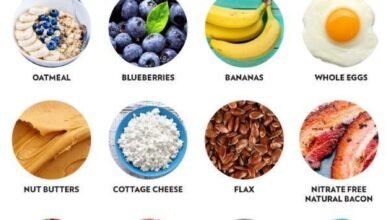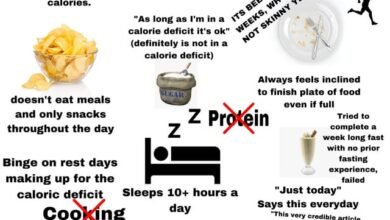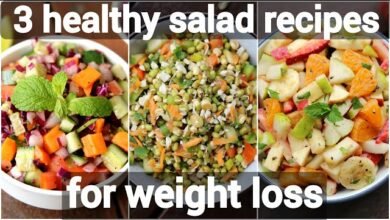What is the Difference between Weight Loss And Fat Loss
Weight loss and fat loss are not the same. Understanding their differences is crucial.
Many people use these terms interchangeably, but they refer to different processes. Weight loss is about reducing overall body weight, which includes muscle, fat, and water. Fat loss, on the other hand, focuses on losing only fat while preserving muscle.
Knowing the distinction helps you set better fitness goals and choose the right approach. This blog will delve into these differences, explaining why fat loss is often more beneficial for health and appearance. Stay with us to learn how to tailor your fitness plan for optimal results.
Weight Loss Basics
Understanding the difference between weight loss and fat loss can significantly impact your health journey. While both terms are often used interchangeably, they represent different goals. Knowing what each entails can help you set realistic expectations and track your progress more effectively.
Scale Changes
The number on the scale can fluctuate daily. This is because your body weight consists of muscle, fat, water, bones, and other elements. If you’re only focused on the scale, you might miss what’s really happening with your body composition.
Imagine stepping on the scale after a week of intense workouts and seeing no change. It can be disheartening. However, your body might have shed fat while gaining muscle, which doesn’t always reflect in weight loss.
Ask yourself: Would you rather be lighter but with a higher body fat percentage, or heavier with more muscle and less fat? This perspective can change how you view your progress.
Muscle And Water Loss
When you lose weight, it’s not always fat that’s disappearing. Rapid weight loss often includes muscle and water loss. This can lead to a lower metabolism and make it harder to maintain your weight.
Consider the impact of losing muscle mass. Muscles help burn calories even when you’re at rest. Losing them can reduce the number of calories your body needs, making it easier to regain weight.
Additionally, water weight can fluctuate due to factors like diet and hydration levels. If you’ve ever lost a few pounds after a sweaty workout, you’ve experienced water weight loss. While it’s a temporary change, it doesn’t equate to fat loss.
Next time you step on the scale, remember these factors. Assess your progress with a holistic view, considering how you feel and how your clothes fit, rather than just the numbers. What matters most is achieving a healthy balance that suits your body and lifestyle.
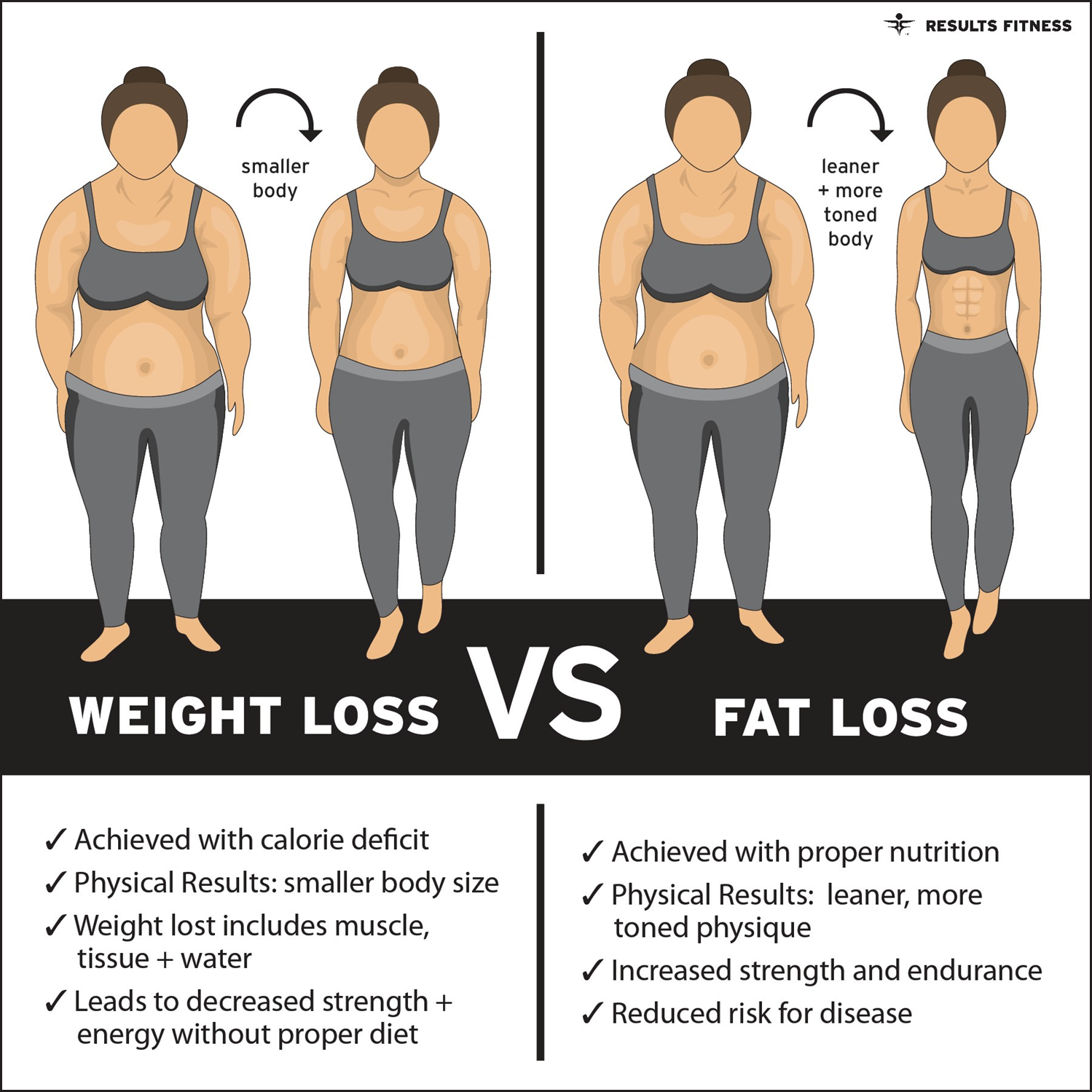
Credit: nidcom.gov.ng
Fat Loss Fundamentals
Understanding the basics of fat loss is crucial if you’re aiming for a leaner physique. While weight loss focuses on reducing overall body weight, fat loss zeroes in on shedding the excess fat that can affect your health and appearance. It’s not just about seeing smaller numbers on the scale but ensuring those numbers reflect a healthier body composition.
Body Composition
Body composition refers to the percentages of fat, bone, water, and muscle in your body. It’s important to know that muscle weighs more than fat. This means you might weigh more even as you’re losing fat, especially if you’re building muscle.
Let’s say you step on the scale and see no change over a month. You might feel discouraged. But if your clothes fit better and you look more toned, your body composition is improving.
Focus on how you feel and how your body looks, rather than just the numbers on the scale. This mindset shift can make your fat loss journey more rewarding and less stressful.
Role Of Calories
Calories are the energy your body uses to function. Consuming more calories than your body burns leads to weight gain, but this doesn’t mean all those extra calories turn into fat.
To lose fat, you need to create a calorie deficit. This means burning more calories than you consume. However, it’s vital to maintain a healthy balance and not drastically cut calories, as this can lead to muscle loss and nutritional deficiencies.
Think about your daily activities and how you can increase your calorie burn. Could you take the stairs more often, or perhaps walk during your lunch break? Small changes can add up to significant fat loss over time.
What steps can you take today to start focusing on fat loss instead of just weight loss? By understanding and implementing these fundamentals, you can achieve a healthier and more sustainable transformation.
Key Differences
Understanding the key differences between weight loss and fat loss can help you set realistic goals and achieve better results. While these terms are often used interchangeably, they are not the same. Let’s dive into what makes them different and why it matters for your health and fitness journey.
Temporary Vs. Permanent
Weight loss is often temporary. You might lose weight quickly by cutting calories or following a strict diet, but this often leads to losing water weight and muscle mass, not just fat.
Fat loss, on the other hand, tends to be more permanent. By focusing on reducing body fat percentage through healthy eating and regular exercise, you are more likely to keep the weight off long-term.
Have you noticed that crash diets don’t work in the long run? It’s because they don’t address fat loss. They simply make you lose water and muscle, which is easier to gain back once you return to regular eating habits.
Health Implications
Weight loss without a focus on fat loss can negatively impact your health. Losing muscle mass can slow your metabolism, making it harder to maintain a healthy weight.
Fat loss contributes to better overall health. Reducing body fat helps lower the risk of chronic diseases such as heart disease, diabetes, and high blood pressure.
Have you ever felt weak and tired after losing weight quickly? It’s likely because you lost muscle mass. Focusing on fat loss can help you feel stronger and more energetic.
How do you ensure you’re losing fat and not just weight? Pay attention to what you’re eating and incorporate strength training into your routine. This helps build muscle while burning fat, making your weight loss journey healthier and more sustainable.
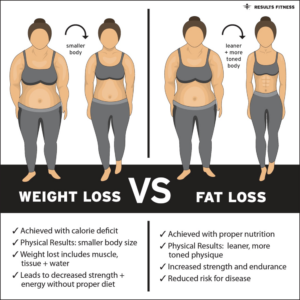
Credit: resultsfitnessforlife.com
Measurement Methods
Understanding the difference between weight loss and fat loss is crucial for fitness enthusiasts. Measurement methods play a pivotal role in tracking your progress. Accurate measurements help in setting realistic goals and staying motivated on your journey. Let’s explore the various tools used to measure weight loss and fat loss.
Scales Vs. Calipers
Scales measure total body weight. They are convenient and easy to use at home. But they don’t differentiate between fat, muscle, and water weight. This can be misleading. Especially if you’re gaining muscle while losing fat.
Calipers measure skinfold thickness. They estimate body fat percentage by pinching skin and fat layers. Calipers provide a more detailed insight into fat loss. They require some skill to use accurately. But they can be a valuable tool for tracking fat loss.
Body Fat Analyzers
Body fat analyzers use bioelectrical impedance to estimate fat percentage. They send a small electrical current through the body. Fat tissue resists this current more than muscle. Analyzers give a quick assessment of body fat levels. They are user-friendly and widely accessible.
These analyzers can vary in accuracy. Factors like hydration and skin temperature can affect results. Regular use can help track trends over time. But they should not be the sole measure of progress.
Dietary Approaches
When it comes to understanding weight loss versus fat loss, dietary approaches play a crucial role. While both might seem similar, the strategies you employ can lead to very different outcomes. Let’s explore how focusing on the right dietary practices can make all the difference.
Caloric Deficit
Creating a caloric deficit is essential for weight loss. It means you consume fewer calories than your body burns. This simple math can help shed pounds, but it doesn’t guarantee fat loss. Ever notice how sometimes you lose weight but your clothes still fit the same?
By focusing only on calorie reduction, you might lose muscle mass along with fat. This is where many people get stuck. Instead, aim for a healthy calorie reduction that ensures you’re losing fat and not muscle. Consider tracking your daily intake to stay on course.
Macronutrient Balance
Balancing macronutrients—proteins, fats, and carbohydrates—can turn weight loss into fat loss. Eating the right balance prevents muscle loss and promotes fat burning. Have you tried adjusting your protein intake before?
Protein not only helps repair muscles but also keeps you feeling full longer. Healthy fats and complex carbs provide energy for your workouts. A friend once switched her focus from counting calories to balancing macros, and she noticed her clothes fit better even though the scale didn’t budge much.
Assess your meals and see where adjustments can be made. Are you getting enough protein? Are your carbs coming from whole grains? Making small changes can lead to big results.
What dietary changes have helped you in your journey? Share your insights below! Your story might inspire someone else to find their balance between weight loss and fat loss.

Credit: www.ps192.org
Exercise Strategies
Exercise plays a crucial role in both weight loss and fat loss. The strategies for each can differ significantly. Understanding these differences helps tailor your workout routine effectively. Let’s explore the key exercise strategies for weight loss and fat loss.
Cardio For Weight Loss
Cardio exercises are great for burning calories. Activities like running, cycling, and swimming increase heart rate. They help burn calories faster. This type of exercise supports weight loss by creating a calorie deficit. Cardio sessions can vary in intensity and duration. High-intensity interval training (HIIT) is a popular choice. It alternates between intense bursts and rest periods. This method can enhance calorie burn during workouts.
Strength Training For Fat Loss
Strength training focuses on building muscle mass. Lifting weights and using resistance bands are common methods. Increasing muscle boosts metabolism even at rest. This means more calories burned throughout the day. Strength training helps lose fat while preserving muscle. This leads to a more toned appearance. Compound exercises like squats and deadlifts are effective. They engage multiple muscle groups, maximizing fat loss potential.
Psychological Aspects
Understanding the difference between weight loss and fat loss is crucial. One key aspect often overlooked is the psychological impact. The mind plays a significant role in how we approach these goals. Mindset can shape success. It influences habits and behaviors. Embracing this can lead to healthier outcomes.
Mindset Shifts
Changing your mindset transforms your approach. Focus on losing fat, not weight. This shift encourages healthier choices. It reduces pressure and promotes patience. Celebrate small victories. Progress, not perfection, matters. Stay positive and motivated. This mindset fosters long-term change.
Sustainable Habits
Build habits that last. Avoid drastic changes. Small steps are more sustainable. Include regular exercise and balanced meals. Consistency is key. Make gradual changes in lifestyle. This reduces the risk of burnout. Create routines you enjoy. Enjoyment leads to adherence.
Common Misconceptions
Understanding weight loss and fat loss can be confusing. Many people mix these terms up. They think they mean the same thing. This confusion leads to several misconceptions. These misconceptions can hinder progress. Let’s clear them up for better results.
Spot Reduction Myth
Many believe spot reduction works. They think you can lose fat from specific areas. Like belly or thighs. This is not true. Fat loss happens across the body. Not just one area. Exercise can tone muscles in a specific spot. But it won’t remove fat from just that area. The body decides where fat comes off. You can’t control it.
Quick Fix Solutions
Quick fixes appeal to many. Promises of fast results sound great. But they rarely work. Losing weight too quickly can be harmful. It’s often not sustainable. True fat loss takes time. A balanced diet and regular exercise are key. Magic pills or fad diets don’t last. They might show quick results. But they can lead to weight gain later. Slow and steady wins the race.
Frequently Asked Questions
Which Is Better, Fat Loss Or Weight Loss?
Fat loss is better than weight loss. It targets unhealthy body fat, improving health and body composition. Weight loss may include muscle loss, impacting metabolism negatively. Prioritize fat loss for sustainable results and better health. Focus on balanced diet, strength training, and adequate sleep for effective fat loss.
How Do You Know If You Are Losing Weight Or Fat?
Track your progress by measuring body composition, not just weight. Use a tape measure for waist, hips, and thighs. Notice clothing fit changes and energy levels. Monitor body fat percentage using scales or professional assessments. Maintain a balanced diet and regular exercise for effective fat loss.
Can You Lose Fat Without Losing Weight?
Yes, you can lose fat without losing weight. Muscle gain can offset fat loss, maintaining overall weight. Focus on strength training and a balanced diet to achieve this. Tracking body composition changes is more accurate than relying solely on weight scales.
Prioritize healthy habits for sustainable results.
Is Weight Loss Faster Than Fat Loss?
Weight loss is faster than fat loss. Weight loss includes water, muscle, and fat reduction, while fat loss targets only fat.
Conclusion
Understanding the difference between weight loss and fat loss is crucial. Focus on fat loss for better health. Fat loss preserves muscle, enhancing body function. Weight loss might include muscle and water loss. Prioritize fat loss through balanced diet and exercise.
This approach ensures sustainable, healthy results.
